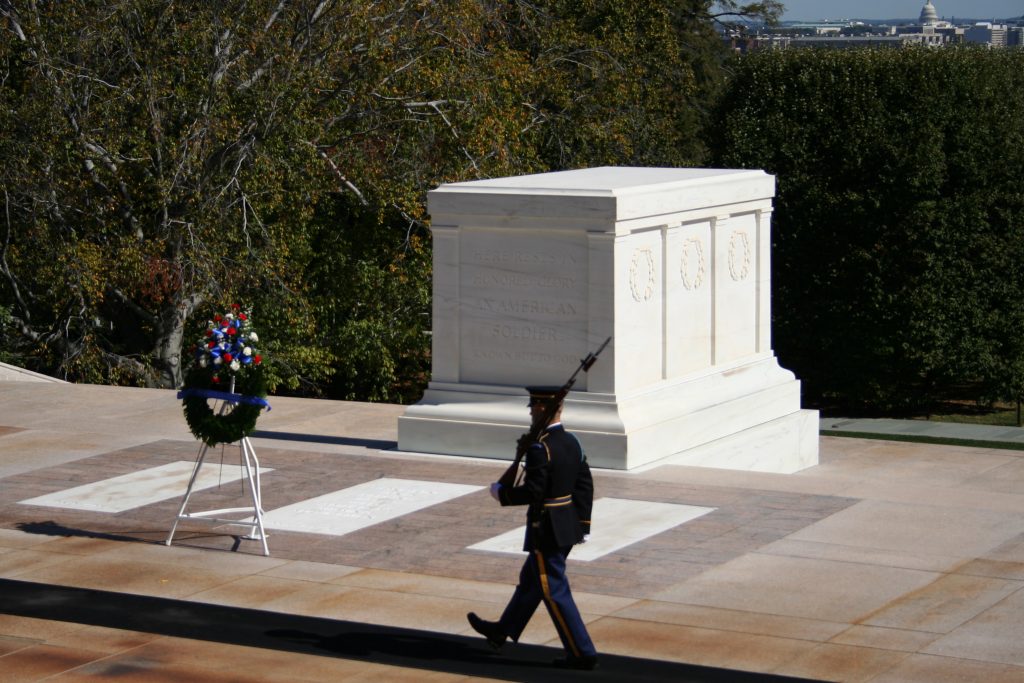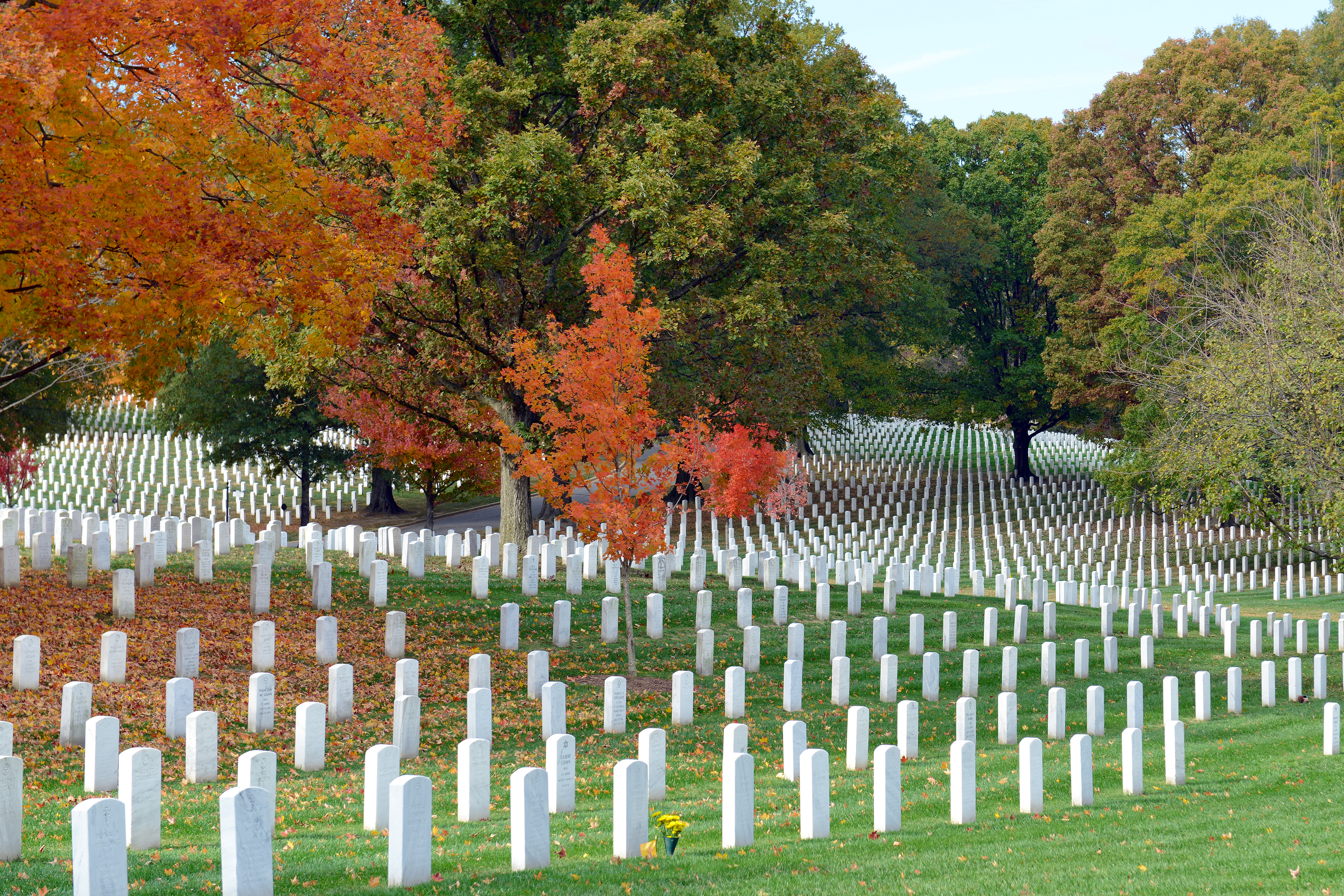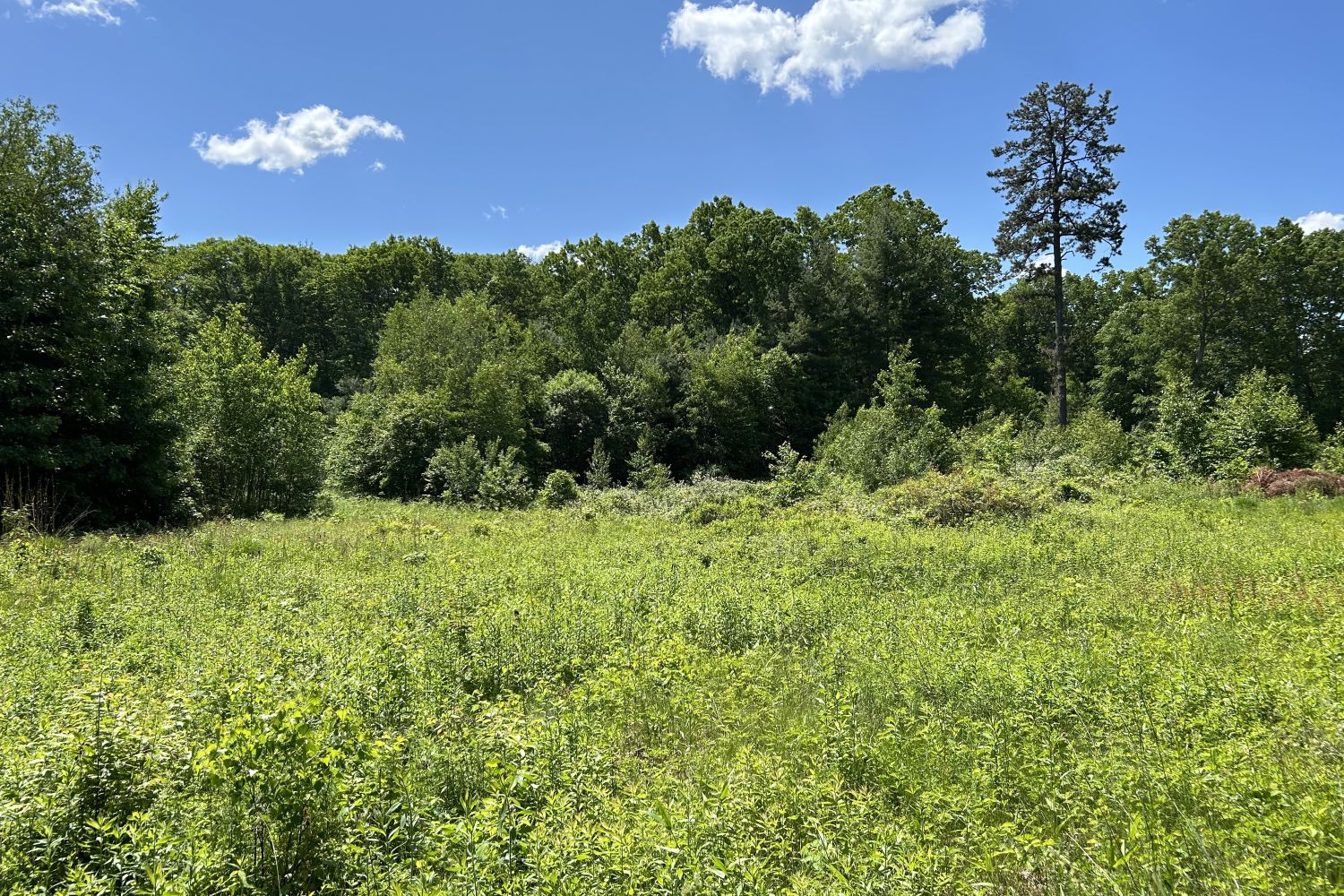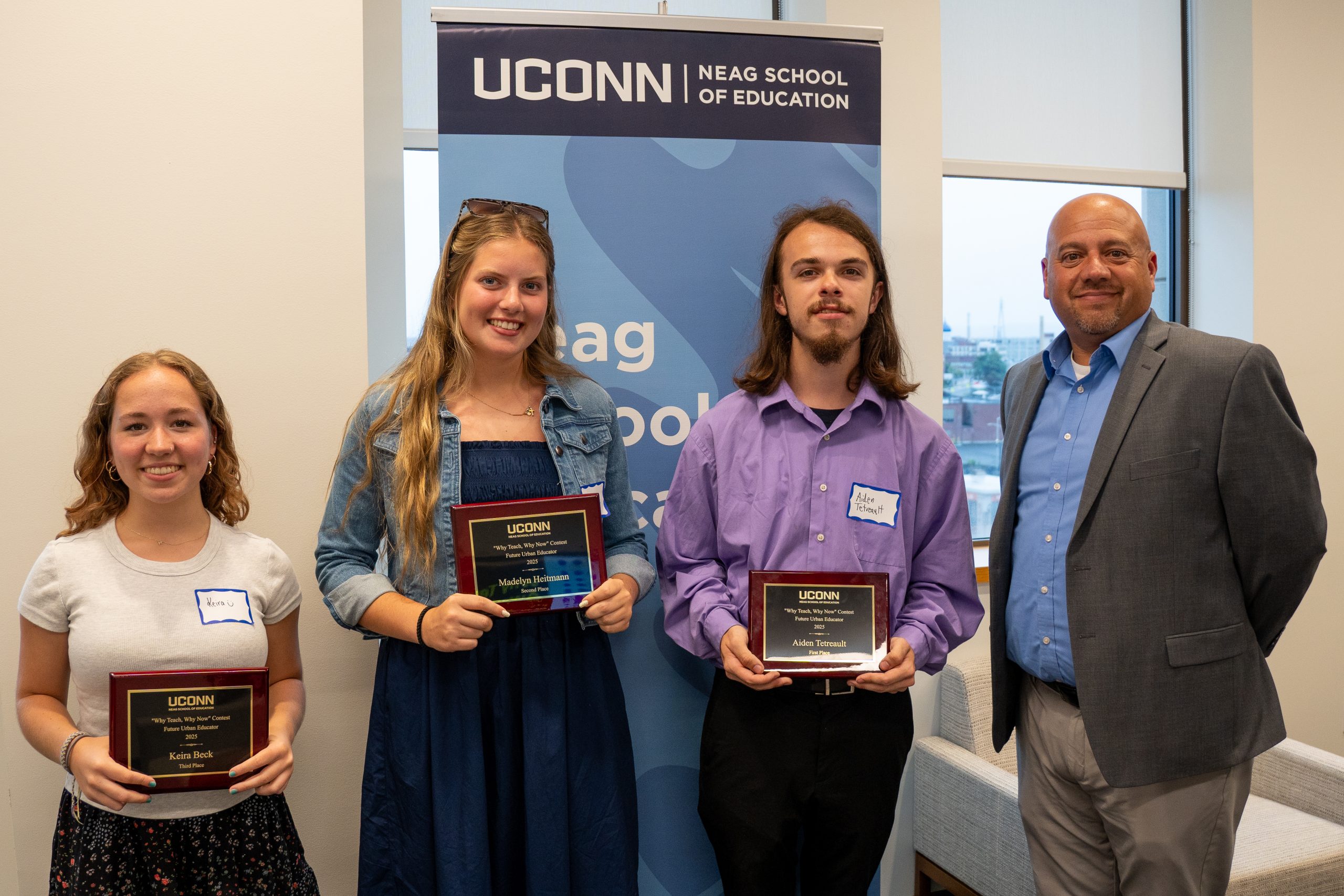As we observe Veterans Day, there are reports about the growing shortage of burial space at Arlington National Cemetery, which was established in 1864 and is managed by the U.S. Army.
Micki McElya, professor of history in the College of Liberal Arts and Sciences, is an expert on the Cemetery and the author of The Politics of Mourning: Death and Honor in Arlington National Cemetery (Harvard University Press 2016), which was a finalist for the 2017 Pulitzer Prize for General Nonfiction. She spoke to UConn Today about the future of the cemetery.
Q. What is the situation with Arlington now?
A. Currently the fear is that in 25 years, Arlington will have no space left for in-ground burials, which have always been privileged at the cemetery. Knowing that you or a loved one will rest among the iconic rows of headstones has an emotional weight to it that resonates with Arlington’s central place in national visions of honor and sacrifice. Military leadership, veterans and active-duty service members, federal officials, and the public have been thinking and worrying about space issues constantly since President Kennedy’s burial in 1963, which was followed by an enormous rise in tourism and interment requests, prompting the Army’s first really significant and dramatic limitations on eligibility for Arlington burials – with no warning or public discussion – in 1967. Kennedy’s televised funeral and memorial transformed the cemetery. Where it had been a sacred space for the military and their families, Arlington was popularized with Kennedy’s burial, giving many more Americans an intimate connection to that hallowed ground.
Q. By the early 20th century, guidelines permitted anyone who served in the military with honor to be buried in Arlington. What is being done to consider modifying this guideline?
A. There’s been an enormous amount of outreach to veterans’ communities, families, and active-duty service members to get feedback in an immediate way about what they would like to see done to address the space problem. This includes questions about how they feel about Arlington in relation to other national cemeteries. The system is currently undergoing the greatest expansion since the Civil War and Reconstruction to both accommodate numbers, thinking about the passing of generations as well as ongoing wars, but also to realize a longstanding dream for many to have a national cemetery in every state and U.S. territory available to people where they live. This intersects with the long history of negotiating the many diverse needs and desires [of veterans], and the historic gravitas and profound place that Arlington holds in the American national imagination that is unlike any other location in the country.
Q. In your book, you point to the official objective for Arlington to encapsulate all United States history, and efforts to make that an absolute true statement continuing into the future.
A. I do believe that Arlington National Cemetery – as ground that has been hallowed over time by civilian and military uses – encapsulates the entire history of the country. It’s both profound and beautiful as a space; it doesn’t tell just one story but it tells many stories, including contested and difficult ones. It began as a plantation, built and worked by enslaved people. It remains a place where enslaved people and their descendants are buried. Sitting at its center is the columned plantation house that was once the home of George Washington’s adopted grandson, who was also father-in-law to Robert E. Lee. It’s where Lee wrote his resignation from the U.S. Army. Arlington is a site that pulls all of these historical and political threads together; but that puts a very big burden on a small piece of land. If you think about where Arlington is located, among the major thoroughfares around Washington, D.C., it’s hemmed in. They’ve expanded into just about every parcel of land they could find.
Q. There are about 420,000 veterans and members of their families buried in Arlington National Cemetery and about 7,000 are added each year.
A. On average, there are 20 funerals a day. At this point one of the most difficult conversations has been, which administration is going to say we have to stop using Arlington for burials and make it a historic cemetery only, or suggest something dramatically different, which could be expanding columbarium space for inurnments and ending the practice of in-ground burials. The most obvious answer – that stops pushing the decision off every 25 years – is to make Arlington a historic site and not an active cemetery; but that raises a lot of questions and makes many people angry and uncomfortable, particularly in the aftermath of the mismanagement scandals and investigations of 10 years ago. It’s a history of controversy that includes the long struggle around selecting an Unknown Soldier of the Vietnam War, an Unknown who was interred in the 1980s despite objections and who was, in fact, identified later as Air Force 1st Lt. Michael Blassie. He was assumed to be the last Unknown. Then came the crisis of 2008, when a whistleblower revealed to the public the recent discovery of a body already buried in an “empty” grave, and the cemetery’s decision to mark it as unknown rather than risk exposing much broader problems.

Q. With the advances in technology, it’s possible to identify many of the Unknowns. Is that being considered?
A. I don’t see that happening. After its creation, the Tomb of the Unknown Soldier became the heart of the cemetery. It’s the aspect that people know, even if they have never been to the cemetery, in terms of its 365-day, 24-hour protection no matter the conditions, and the ceremony for the changing of the guard. It includes the active engagement of people who go to visit, to lay a wreath, to mark a momentous occasion, or to mark their group within the country or their visit from another country. The 24-hour guard was created in response to Americans not knowing how they should behave at the site, in part because its meanings had yet to be fully developed. The public had to be trained in how to show the kind of respect that the site now generates and demands. There is a constant pedagogy to reverence and patriotism.



